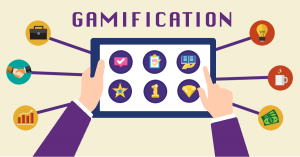
Have you ever heard of the word ‘gamification’ and only think about video games? You are not alone.
What is gamification?
” Gamification is the process of using elements of game design to encourage participation, engagement and retention into a non-game context such as a product or service. ”
– Rajat Paharia, author of Loyalty 3.0
Similar to video games, gamification includes elements such as points, milestones, achievements and other gamified elements. These elements often allowed participants to claim certain external rewards to encourage themselves. Those are the core elements that make games engaging.
Commonly, a user can reduce boring and repetitive tasks just by gamifying it. Participants is more engaged when their task are trackable and a rewardable progress.
Incorporating into Business
In a business setting, gamification could positively transform a business model by extending and developing a better engagement with their customers and employees. Gamifying interactions that are highly valued will help a business drive more sales, increase ROI, improve customer satisfaction, and gain higher loyalty. Similar to games, it uses motivations, desires, feedbacks, achievements and rewards to capture engagement from customers and employees.
In fact, many well known businesses are already actively using gamification in their business model. Below are a few examples.
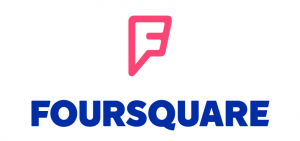
Foursquare is a social check-in app that once had 50 million users in a day (source).
Foursquare award their users virtual prizes, badges, and honorary mayorships within the app. It is a pioneer in using gamification in their social platform. For users to gain points, all they had to do was to check-in to certain location within the app. If a user do it more days than anyone else in the past 60 days, they will achieve a mayor status. Thus, this simple game reward element is what made Foursquare so popular today.

Starbucks, a global renowned coffee brand
A global coffee brand, Starbucks, is also successful in using gamification to keep its users engaged and loyal. Starbucks offer their customer a completion based system app called My Starbucks Reward and avoid the use of physical loyalty card. Customers can accumulate points for attractive prizes whenever they make purchases in Starbucks. Starbucks’ customers could monitor their progression through the app. This will potentially motivate them to purchase a coffee from starbucks if they are only a few points away from an incentive.
Conclusion
Many companies gain a competitive edge just by implementing gamification into their business models. Although, some implementation methods are a definite success and some are not. Each business will need a different approach of gamification. Contact us at Gameka if you are interested to know more about gamification and incorporating it into your business.

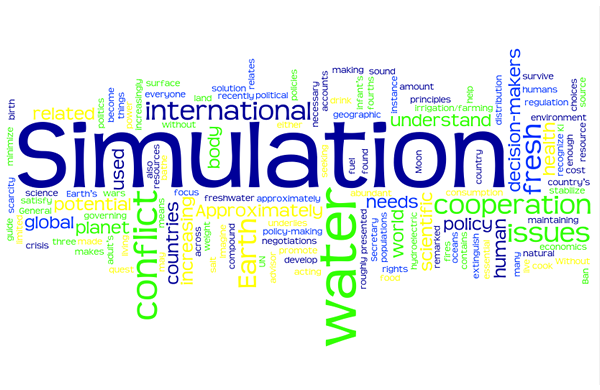
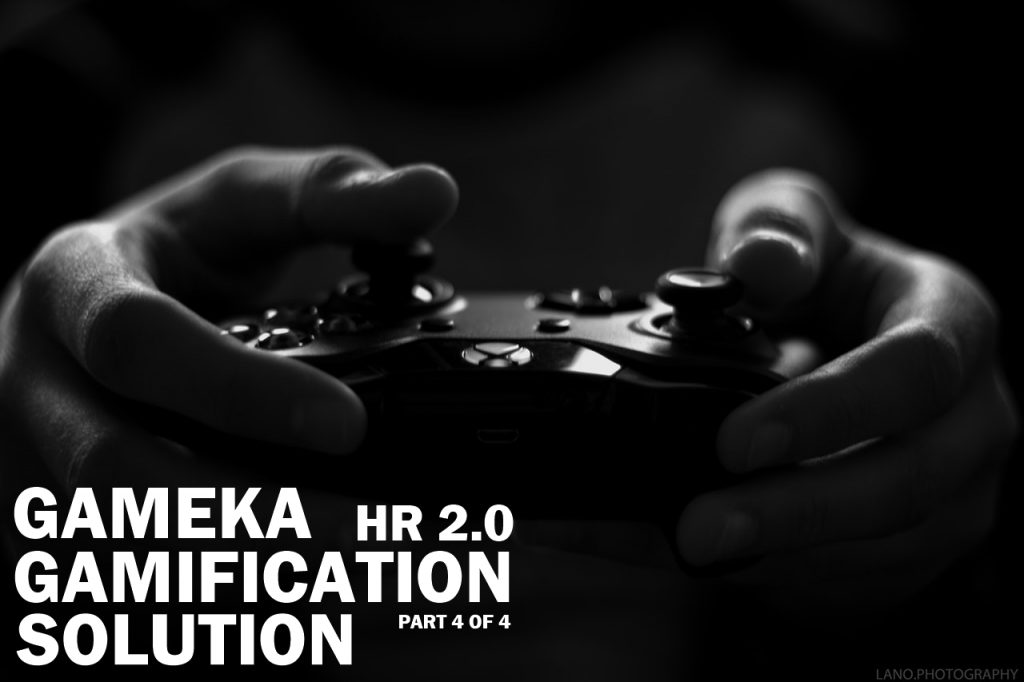
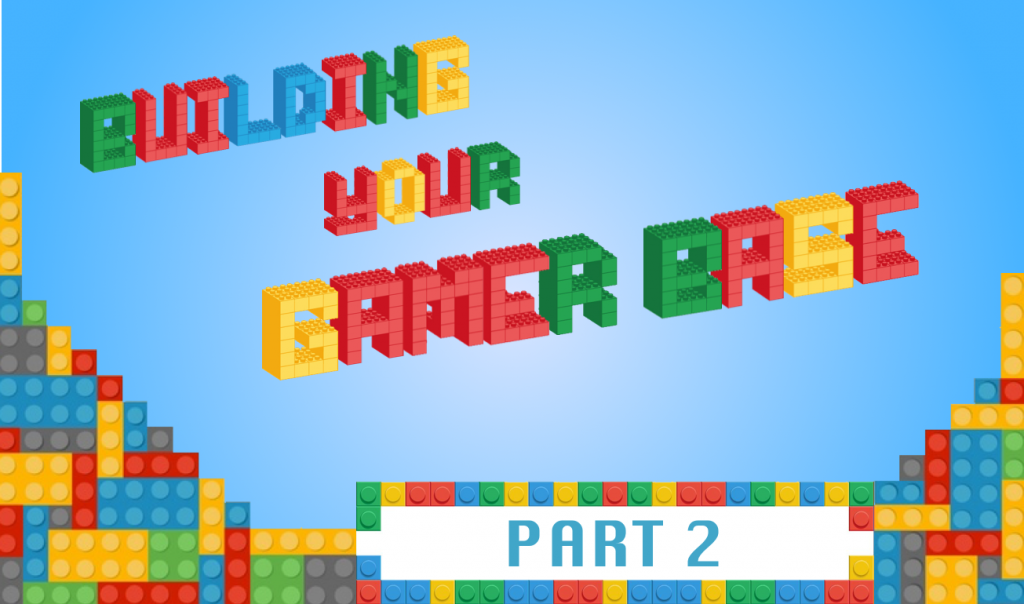
About The Author: Bernard Yap
More posts by Bernard Yap